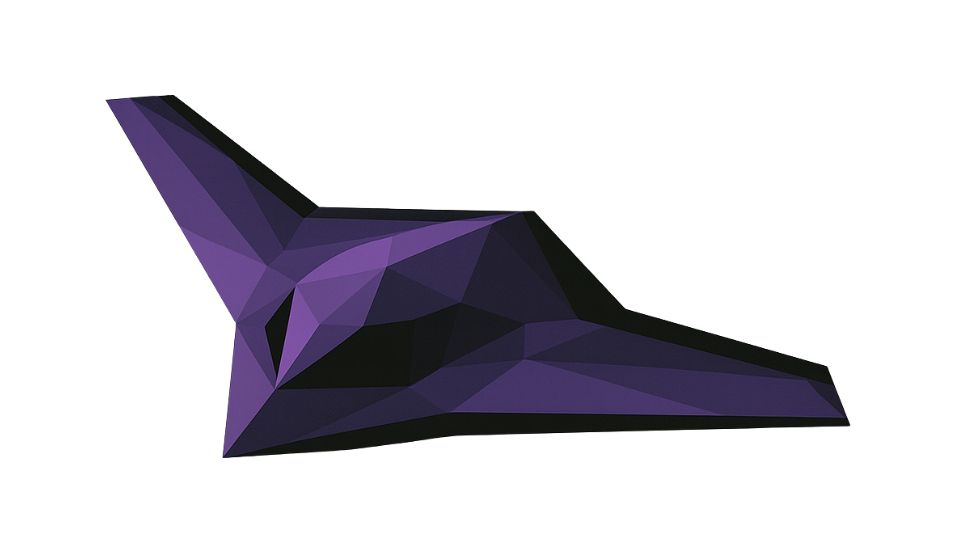Autonomous Air Systems (AAS) advance aerial technology, moving beyond traditional remote-controlled drones to platforms that operate independently. AAS integrate advanced artificial intelligence, machine learning, and sophisticated sensor arrays. They perform complex missions with minimal human intervention, marking a significant evolution from Unmanned Aerial Vehicles (UAVs), which pilots operate remotely.
What Defines Autonomous Air Systems?
Unlike UAVs, AAS operate with true autonomy. They make real-time decisions, navigate intricate environments, identify targets, and execute tasks based on pre-programmed objectives and dynamic environmental data. This autonomy covers optimized flight path planning, proactive threat avoidance, precise target recognition, and coordinated operations with other autonomous units. These systems exemplify advanced cyber-physical integration.
Key Capabilities and Applications
Military forces, intelligence agencies, and defense contractors show significant interest in AAS. These systems operate in contested or high-risk environments without endangering human personnel. Their applications are diverse and critical:
- Reconnaissance and Surveillance: They conduct extended missions to gather vital intelligence in hostile territories.
- Targeting and Strike Missions: They execute precision strikes with enhanced speed and reduced collateral damage.
- Electronic Warfare: They perform jamming, signal intelligence, and electronic attacks to disrupt adversary communications and systems.
- Logistics and Support: They deliver essential supplies or act as strategic decoys in complex operational scenarios.
The EDGE-Anduril Production Alliance
The EDGE-Anduril Production Alliance marks a notable development in AAS. EDGE and Anduril formed a major joint venture to accelerate the design and production of autonomous systems. This initiative aims to establish a jointly owned production, sales, and sustainment entity in the UAE. The alliance leverages EDGE’s regional presence and Anduril’s rapid, software-driven development and large-scale manufacturing. The United Arab Emirates has already anchored initial production, ordering 50 Omen autonomous air systems. This signifies a substantial investment in the technology. Omen systems are a key focus of this partnership, designed for hover-to-cruise capabilities.
AAS and Cyber/Electronic Warfare Integration
AAS and cyber/electronic warfare have a multifaceted relationship crucial for operational effectiveness and security. These systems are inherently cyber-physical; their physical operation intertwines deeply with sophisticated digital control systems. This integration makes them potential targets for cyber attacks that aim to hijack control, disable functions, or exfiltrate sensitive data. Robust cybersecurity is paramount for national security. Many AAS carry electronic warfare payloads, allowing them to actively engage in the electromagnetic spectrum. They achieve tactical advantages by jamming enemy radar or disrupting communications. AAS process vast amounts of data, from sensor feeds to mission parameters. This demands stringent security measures to prevent interception, manipulation, or denial-of-service attacks. Data integrity is fundamental for reliable autonomous decision-making. AAS’ reliance on AI in warfare for autonomous decision-making also presents unique challenges. Malicious actors could inject false data, compromise algorithms, or introduce biases, potentially leading to catastrophic operational outcomes.
Key takeaway: Autonomous Air Systems are reshaping modern warfare and intelligence gathering. While they offer significant strategic advantages, they also introduce complex challenges in cybersecurity, ethics, and defense technology.

